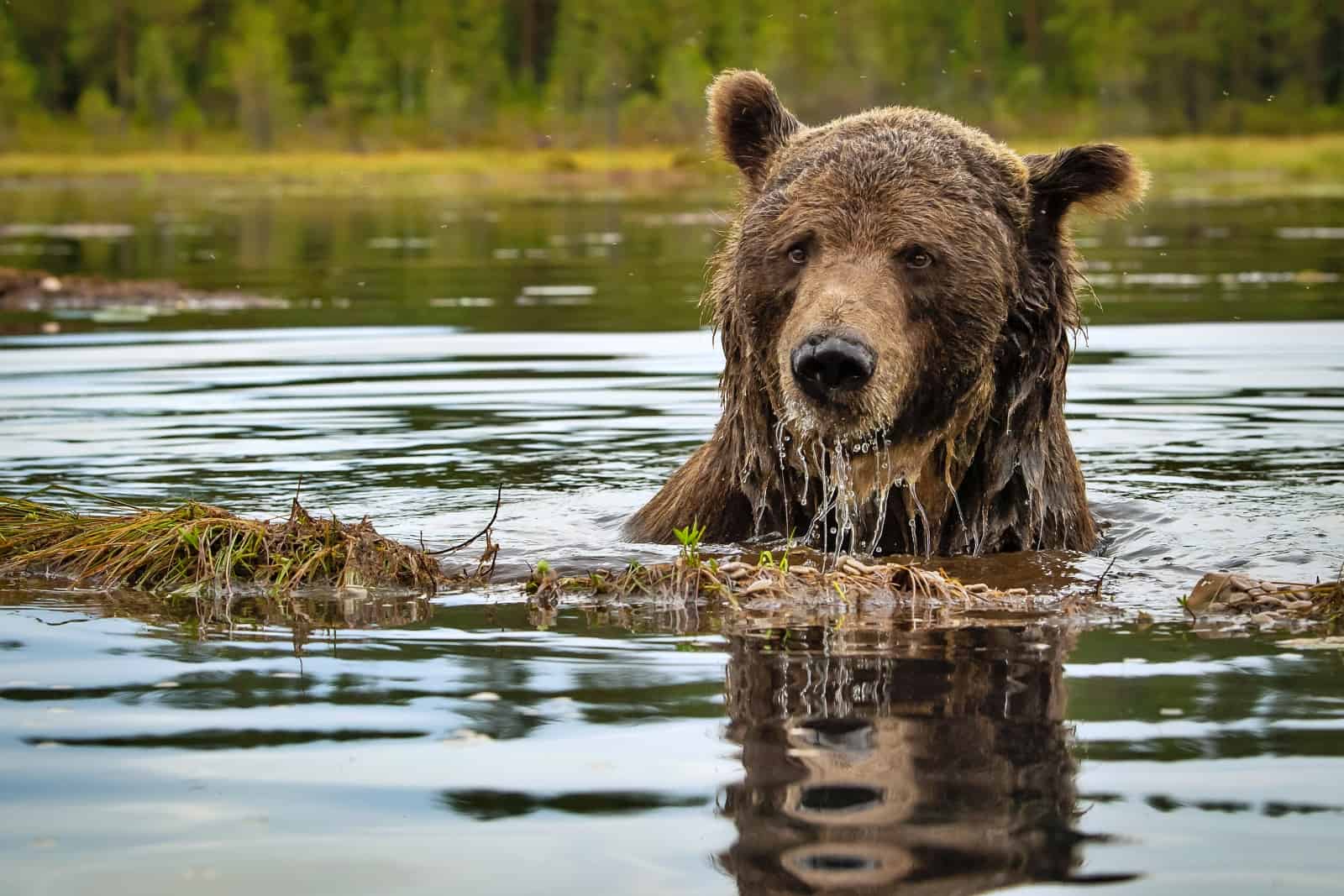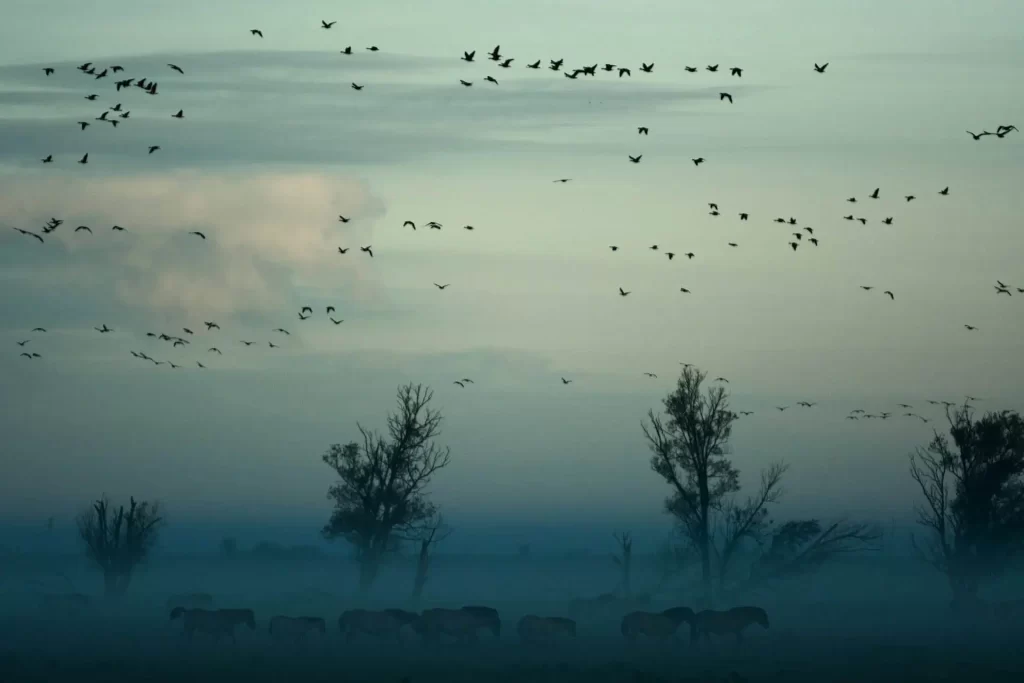Share:
How can brown bears live alongside humans?

Human encroachment into large carnivore habitats and expansion of large carnivore ranges into anthropogenic settings increase the potential for human-wildlife conflicts. Future carnivore survival and population recovery therefore depend on their ability to adapt to human-modified landscapes and on the development of adequate conservation strategies.
Researchers in Spain and Norway reviewed human-related factors that negatively affect brown bears inhabiting human-modified landscapes, with the aim to improve human-bear coexistence. Brown bears have triggered much research and act as model species, which is useful for conservation-oriented management of many large carnivores.
In human-modified landscapes, main threats to bear populations are human settlements, habituation and the availability of anthropogenic food, the density and traffic load of roads and railways, and recreational and industrial activities.
The main impact of coexistence with humans on bear populations are increased disturbance, and thus changes in behaviour; reduced fitness and genetic diversity, physiological alterations, human-bear conflicts and human-caused mortality.
To promote bear-human coexistence in human-modified landscapes, the researchers identified nine key elements:
- reduction of human-induced mortality and use of scientific information for better assessment of new infrastructures;
- improve education on waste management and bear deterrence methods;
- safeguard and restore habitat connectivity;
- mitigate road effects and restrict motorized trail use;
- adjust viewing activity practices to local conservation status of bear populations and food availability;
- implement mitigation measures to minimize risk of human-bear encounters;
- quantify empirically the effects of recreational activities on the energetics and fitness of bears;
- better dissemination of scientific results and management guidelines; and
- further research on behavioural reactions of bears to different management regimes and persecution histories.
Detected effects of human-bear coexistence should enlighten conservation strategies. Further population recovery of brown bears and other carnivores likely requires that policy-makers and the public continue to recognize the value of wilderness areas as strongholds for biodiversity conservation and nature-based economies.
————
Source:
Ana Morales-González, Héctor Ruiz-Villar, Andrés Ordiz, Vincenzo Penteriani, Large carnivores living alongside humans: Brown bears in human-modified landscapes, Global Ecology and Conservation, Volume 22, 2020
Photo: Roger Brendhagen






